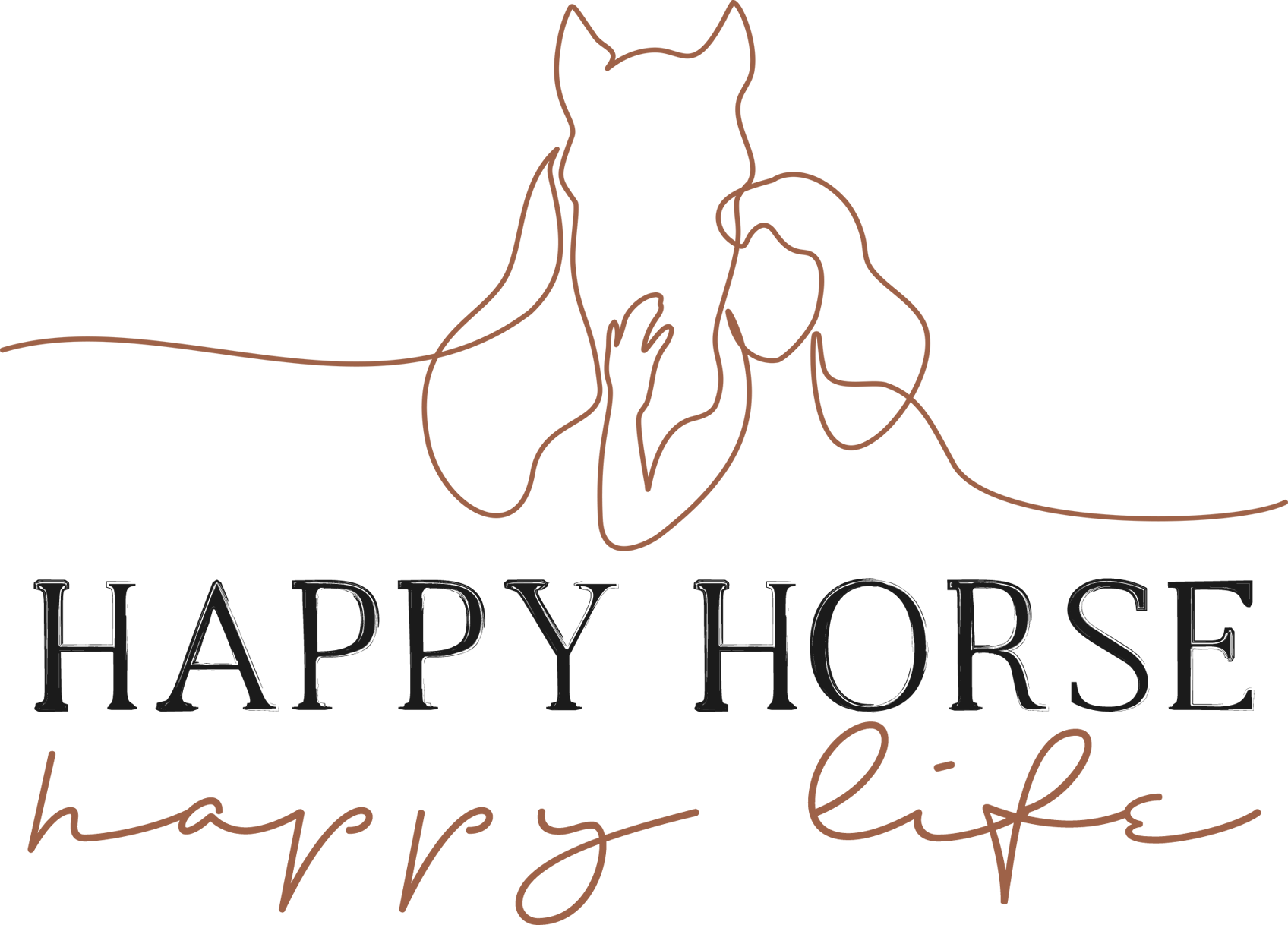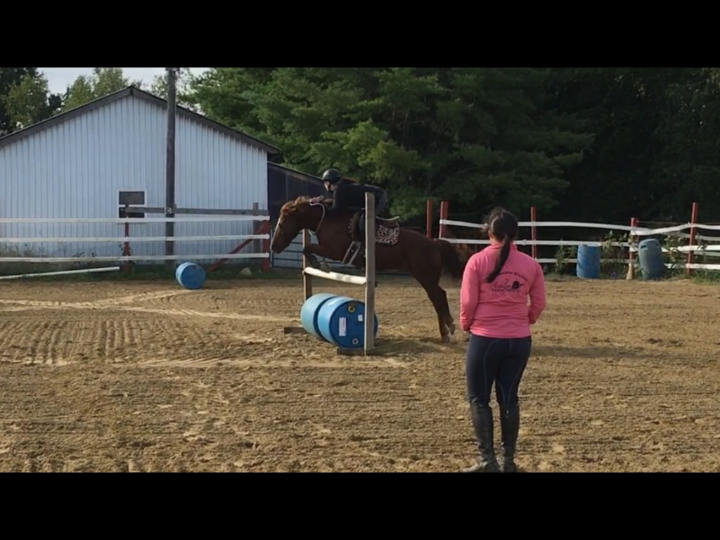Taking a riding lesson or being in any sort of learning environment with a horse can be exciting, fun, progressive, boring, difficult, stressful, scary, and frustrating. I’ve seen all of those emotions and have felt some of them myself in a learning situation. The instructor teaching the student can have a big impact on how the student feels during the lesson, as can the horse’s behavior. However, there are things you as the student can do that will help you have a positive experience and to get more out of your lessons.
I teach about 70 students a week. Some of them are “super learners” and seem to progress at a rapid rate, while others seem to plateau and not make a lot of progress. Over the years I’ve noticed that all of the “super learners” do specific things that contribute to their success. Of course, my job as the instructor is to help my students make progress but to be truly successful the student needs to take some self-initiative and do some things on their own. These things will set them up to get the most out of their time with me during their lesson.
1. Set Goals
Setting goals is a crucial piece of making progress. Setting goals will help you know what you need to work on to get there and when to quit working on something! Setting goals will help you to persevere when it’s hard and give you a big sense of accomplishment when you achieve your goals. You should have a big, long-term, ultimate goal that excites you! You should also have a mid-term goal and several short-term goals, all pointing you in the direction of that big ultimate goal.
If your ultimate goal is to train your young green horse to be able to compete as a hunter/jumper you will need to set many goals on your way to that ultimate goal. First, your horse will need a solid foundation of the basics. Set a goal of having connection, relaxation, responsiveness, confidence, impulsion, bending, harmony, purpose, power, and agility both on the ground and riding. Your horse should be taught to “seek the jump” both on the ground and riding. Set a goal of being able to point your horse at anything and they ask you if they should jump it, whether it’s a water trough, a single upright barrel, or a cone. Your horse will need to be used to traveling to new environments and being ridden in the company of strange horses. Set a goal of taking your horse to a show and riding around the showgrounds and warmup ring connected, relaxed, and responsive. These are just a few examples of the many short-term and mid-term goals you could set to achieve on your way to the big goal! And of course, this is just one example of a possible goal. Your goal could be to have a safe and reliable partner in your horse that enjoys trail riding as much as you do.
2. Communicate With Your Instructor
If you don’t communicate your goals with your instructor, they won’t be able to help you achieve them! They need to know what goals you have so they can help you develop a plan to achieve them. As an instructor, I can see what riders and horses need to work on, and I can develop a lesson plan based off of that fairly quickly. However, if I know the exact goals the rider wants to achieve I can structure the lesson to work towards those goals, and possibly even achieve some of them in the lesson.
3. Ask Questions and Ask for Help
Great learners ask questions and are inquisitive in their quest for knowledge. If you’re feeling stuck, or don’t know how to do something, start asking your instructor questions and get help! The more questions you ask, the more knowledge and understanding you’ll gain. Don’t assume your instructor knows you are struggling or stuck. Ask them for help.
4. Practice
Practice, practice, practice. Practicing will help you to improve the skills you have already learned or taught your horse. If you can practice at least 2 or 3 times before your next lesson, you and your horse will most likely be ready to move on to learning something new. If you haven’t practiced though, your instructor will most likely not want to add something new; if you do learn something new the last skill learned will have had no opportunity to be improved and will stay at a mediocre level of competency. Practicing in between lessons enables you to learn something new or teach your horse something new when you’re in a lesson. If you don’t have your own horse to practice with in between lessons ask your instructor if they can give you any simulations to practice on your own until your next lesson.
5. Study
Students that study retain information better and can ask more direct questions to gain more knowledge. Study horse behavior and horse psychology. There is a lot of free information on the internet about horse behavior and psychology, but a lot can also be learned by watching a herd of horses interact and play with each other. Study any horse-specific topics that interest you. Read articles and books. Watch videos. Listen to podcasts. Join an online community. A great resource for information, study, and support is Linda Parelli’s “Happy Horse Happy Life” website and her new program “How To Talk Horse.”
Take the “reins” and get more out of your lessons by setting goals, communicating with your instructor, asking questions, practicing on your own, and studying. I know if you do these things you will see great progress and growth, as I’ve seen it in myself and my students.
Happy learning!


I love this ❤️
Good reminder~I really do need to clarify my goals so I can both achieve them and communicate them to Ashley!
Yeah! 🙂